String Theory Leads To Accidental Huge Change In Mathematics
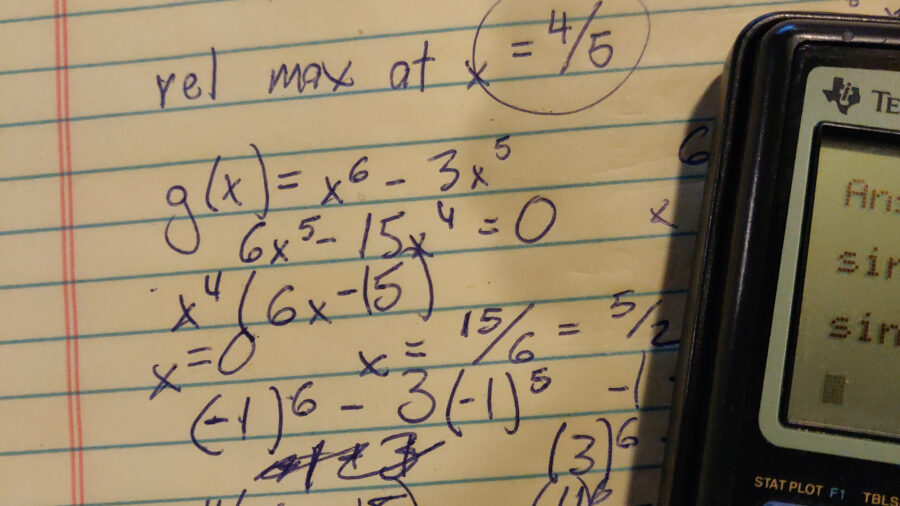
Pi is an important number, appearing naturally in many places, with the most well-known being in circles. However, physicists studying string theory were surprised when they accidentally stumbled across a new formula for calculating the number’s digits. The fact that the new formula was created unintentionally by a pair of researchers who aren’t mathematicians indicates just how prevalent the number is.
A New Way To Pi
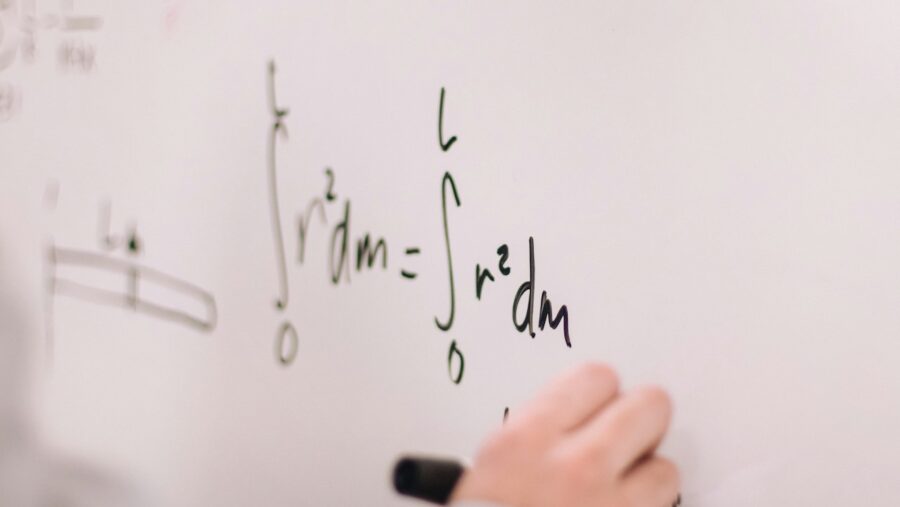
The new pi formula was discovered by Arnab Pirya Saha and Aninda Sinha, a pair of physicists working at the Indian Institute of Science. Their formula was published in Physical Review Letters as a small detail in their larger scientific paper. Their goal was to find a unifying theory of fundamental forces in string theory, which just happened to generate the new formula.
Saha and Sinha were studying the interactions between gravity, electromagnetism, and nuclear forces as they relate to string theory. In exploring how the vibrations of tiny threads could create those interactions, the two had to investigate the mathematical formulas involved in those interactions. This mathematical exploration, looking for new ways to view complex natural phenomena, is what led them to the new pi formula.
A Big Bang Theory Plot
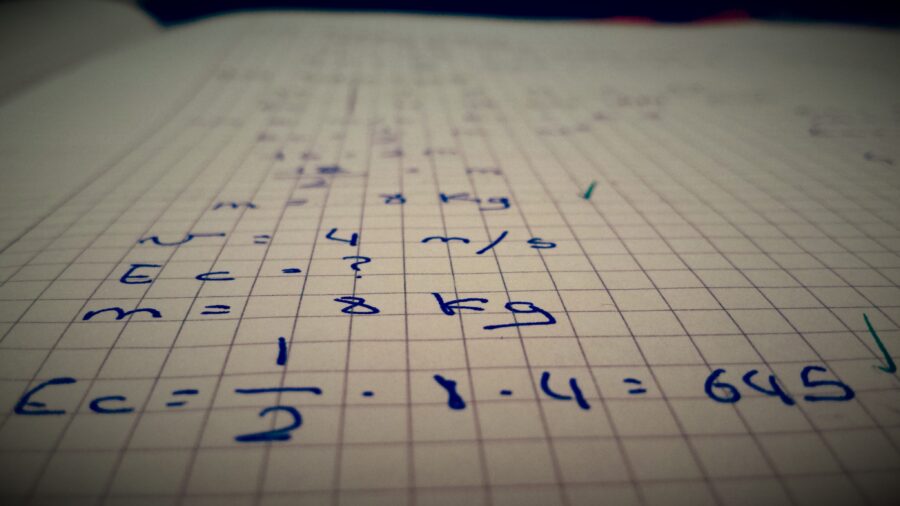
More specifically, Saha and Sina were seeking to determine the probability of two closed strings interacting, an important unanswered question in string theory. As the physicists were creating a formula to calculate that probability, they realized they’d unintentionally created a new formula for calculating pi. This formula was tacked on to the end of their findings as an unintended, novel discovery.
Walking In The Footsteps Of Giants
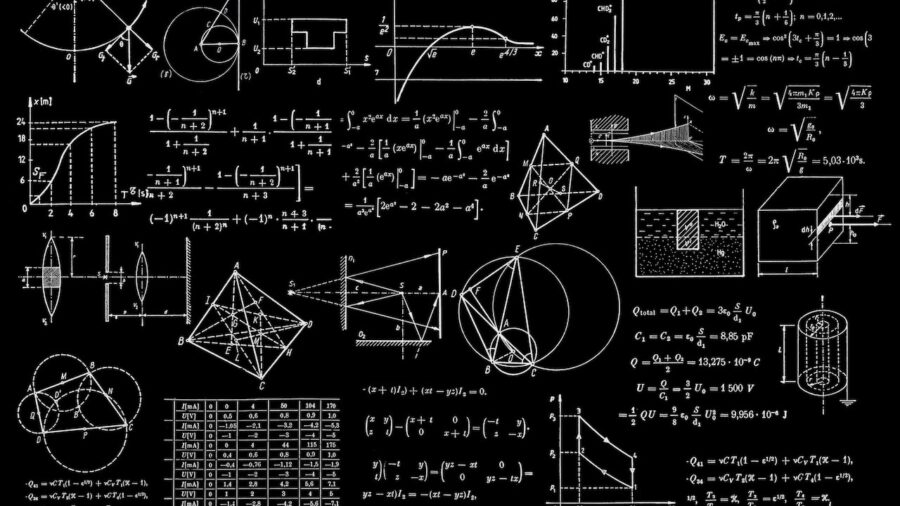
While Saha and Sina aren’t mathematicians, they now have a place in the long history of intellectuals who have created new ways of calculating pi. Archimedes’ method of drawing polygons around circles to estimate the number is a famous ancient example of the practice, allowing ancient people to estimate the number. However, the string theory-based formula resembles the formula created by the 14th-century Indian scholar Madhava.
Not A Mathematical Revolution
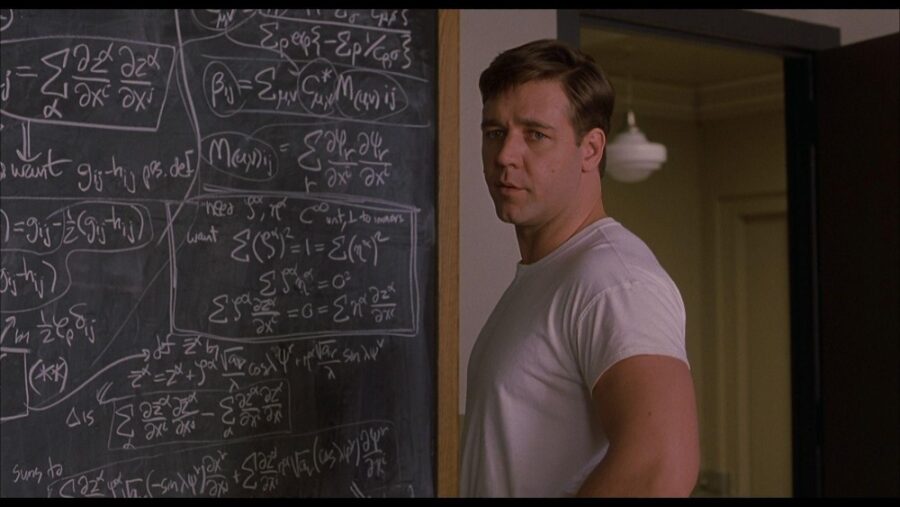
Due to the decimals in pi stretching on infinitely, the ability to efficiently calculate those digits is often the goal of new formulas. The formula created by Saha and Sina is much more efficient than Madhava’s despite using similar methods. However, the string theory-based formula isn’t revolutionary in mathematics, which has created much more efficient ways of calculating the number’s digits since Madhava’s time.
In addition to their new pi formula, Saha and Sina’s string theory research can also be used to express the zeta function. The zeta function is a central part of the Riemann conjecture, a famously unsolved mystery in the math world. If this new expression of the zeta function leads to a breakthrough in that conjecture, the accidental discovery could have major ramifications.
Math Is At The Root Of Everything

The string theory paper by Saha and Sina hasn’t revolutionized mathematics, but it is interesting that the physicists stumbled across the new formula. It illustrates just how tightly connected math and physics are that research on string theory created the new pi formula as an intellectual by-product. Accidentally discovering a new mathematical formula isn’t unique to the physicists, but it’s uncommon enough to draw the attention of academics around the world.
Source: Scientfic American












